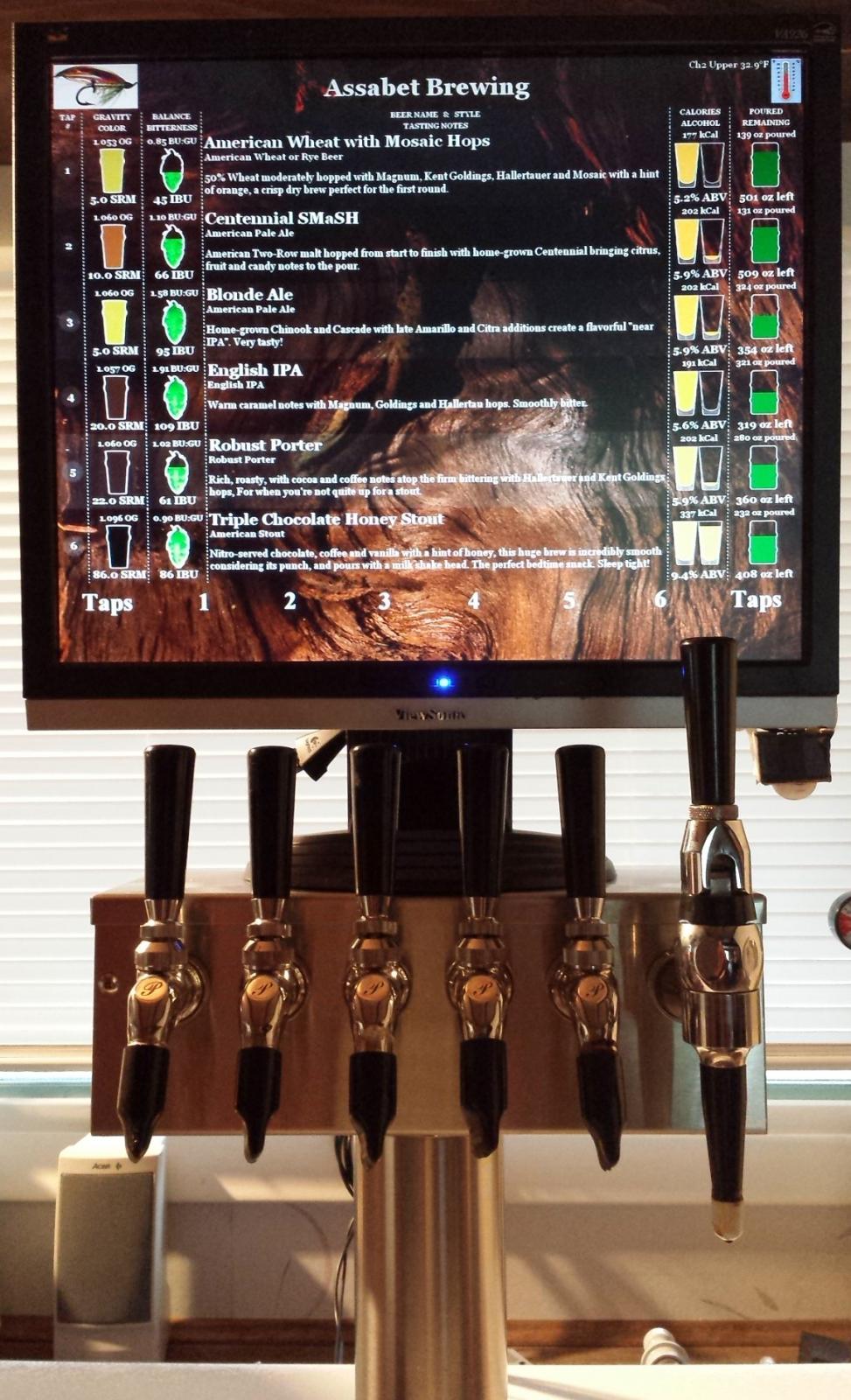ryan810cows
Well-Known Member
Hello all!
I'm wondering what kind of gadgets, gizmos, or methods everyone is using out in the homebrew kegging arena!
I've seen a few gadgets out there like cat bought that uses flowmeters and tablets. I've also seen stick on stripes that show the level inside. And my most recent discovery was a floating ball with a magnet in it that attaches to an indicator on the outside of the keg that floats with the level of beer! Anybody else have some really good methods?
Nothing really good in the electronics or gadget area that are actually still being made that I have found.
Thoughts? Ideas?
I'm wondering what kind of gadgets, gizmos, or methods everyone is using out in the homebrew kegging arena!
I've seen a few gadgets out there like cat bought that uses flowmeters and tablets. I've also seen stick on stripes that show the level inside. And my most recent discovery was a floating ball with a magnet in it that attaches to an indicator on the outside of the keg that floats with the level of beer! Anybody else have some really good methods?
Nothing really good in the electronics or gadget area that are actually still being made that I have found.
Thoughts? Ideas?




